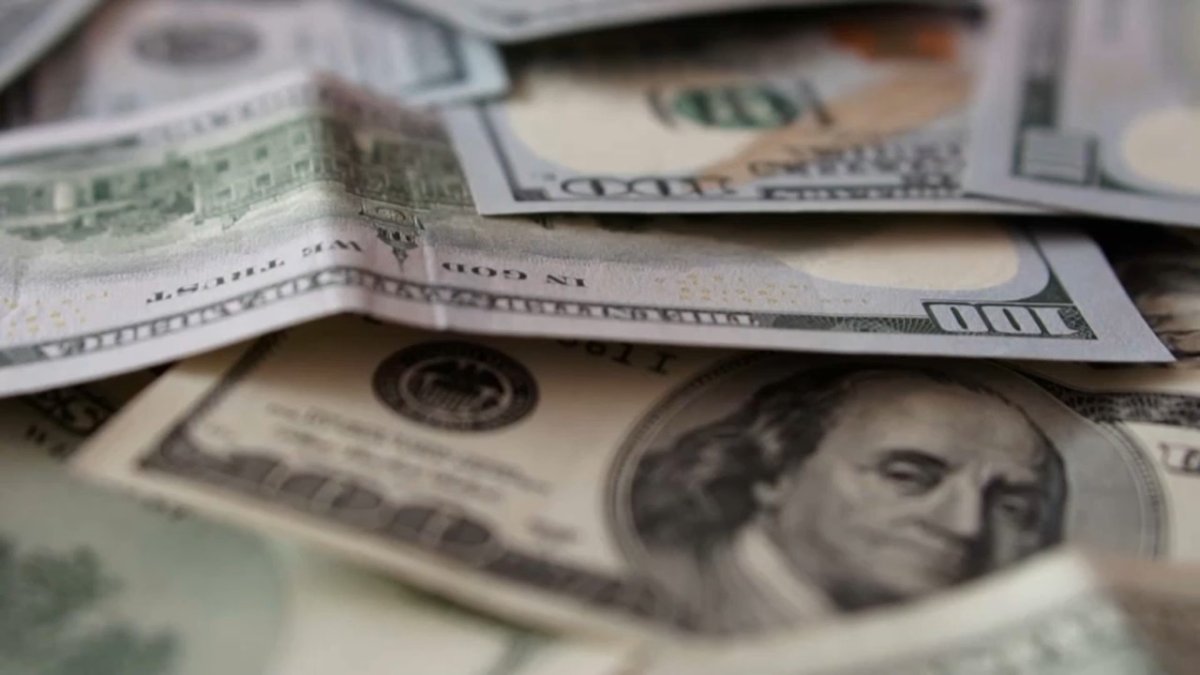Heat waves are more than just uncomfortable, they can be costly. From pressure on the healthcare system, to human productivity, and even the food we eat, above normal temperatures can have lasting consequences.
A heat wave, according to the National Weather Service (NWS), is a period of abnormally hot weather generally lasting more than two days.
At Goebbert’s Farm in Pingree Grove, owner, Lloyd Gobbert isn’t concerned about several days of excessive heat in late August.
“Once we’ve got the crop up and established and the root system is down there, you may lose a little on yield, but it’s not totally going to disappear,” he said.
However, prolonged exposure to heat can lead to disease, and damaged crops.
After the heat wave in June, followed by severe storms, some of his tomato plants were damaged. Overall, Goebbert considers the season a success. He says their July 7 harvest was the second earliest in the last 42 years.
“We had a tremendous early growing season in this area,” he said. “It’s not like weather has taken a toll on it and wiped it out. It certainly can, don’t get me wrong. We could have a year where huge areas are extremely dry and you get nothing, then there’s going to be a problem, but not this year.”
The Illinois Farm Bureau (IFB) says farmers experienced ideal growing conditions, which is heading toward a great harvest. There were timely rains and heat for many; however, pockets of the state did experience late planting due to heavy rains.
The IFB also says prices and cost of production are causing concern.
“Heat stress on crops is really complex,” said Illinois state climatologist, Trent Ford. “It really depends on what the moisture condition of the crop is like.”
Ford says the larger impact happens when heat turns into drought, which can affect food prices. Although this year, Goebbert and others say the cost of labor, seeds, insecticides and rent is more likely to affect consumer prices than heat stress.
“From a livestock production standpoint, meat or dairy, we do see reductions in production. Less efficient use of the energy from the animal when we do have peak heat. Also, when we think about an economic standpoint, we do see a dip in production from humans, people working outdoors or even indoors but exposed to heat,” said Ford.
Heat is the leading cause of weather-related deaths in the United States, according to the National Weather Service.
“Extreme heat particularly affects people with chronic medical conditions and also older adults,” said Dr. Elizabeth Davis, an internal medicine physician at Rush University Medical Center. “People may start sweating a lot, they may notice their pulse is going up, they feel like their heart is racing. They feel dizzy, nauseous, cramps, may even pass out.”
“If they start to get heat exhaustion, they may become confused and less likely to reach out for help. There are also folks with chronic medical conditions, maybe on medications, that affect their ability to respond to heat,” she added.
Extreme heat can lead to severe illness and exacerbate pre-existing conditions. As more people turn to emergency rooms for help during heat waves, experts worry over time, that could put a strain on the healthcare system.
“That kind of increase in ER visits often also increases the cost of healthcare, puts the burden of cost on the healthcare provider, the company or the group that’s providing that healthcare. But often, that price is passed down to both insured and uninsured people seeking that healthcare,” said Ford.
Data from the Environmental Protection Agency shows hotter than usual temperatures are becoming more common, and heat waves are lasting longer. And not just during the day, even more concerning to Ford is what’s happening at night.
“When we look at climate change, we see a much larger signal in those nighttime temperatures in the summer, and again, the cumulative hours, the length [of time] we’re above those dangerous heat index values,” said Ford. “The models are much more confident that these increases in nighttime, extreme nighttime temperatures, 80 degree lows, 75 degree lows in Chicago, are likely going to continue to increase. In reality, human physiology is responding not just to how hot is in one hour or one minute of an hour, but the cumulative impact of hours and hours and hours of heat,” said Ford.
Extreme heat can also impact infrastructure. High heat can deteriorate and buckle pavement, warp or buckle railway tracks. According to the NWS, electricity usage increases as air conditioning and refrigeration units in homes and offices work harder to keep indoors cooler, and transmission capacity across electric lines is reduced during high temperatures, further straining the electrical grid.
